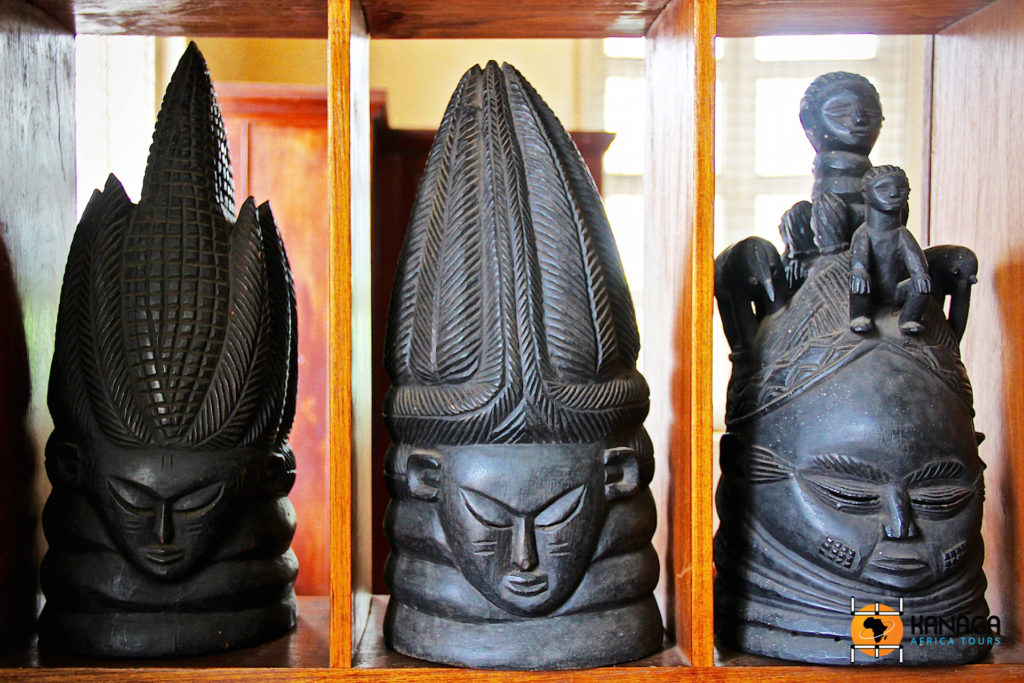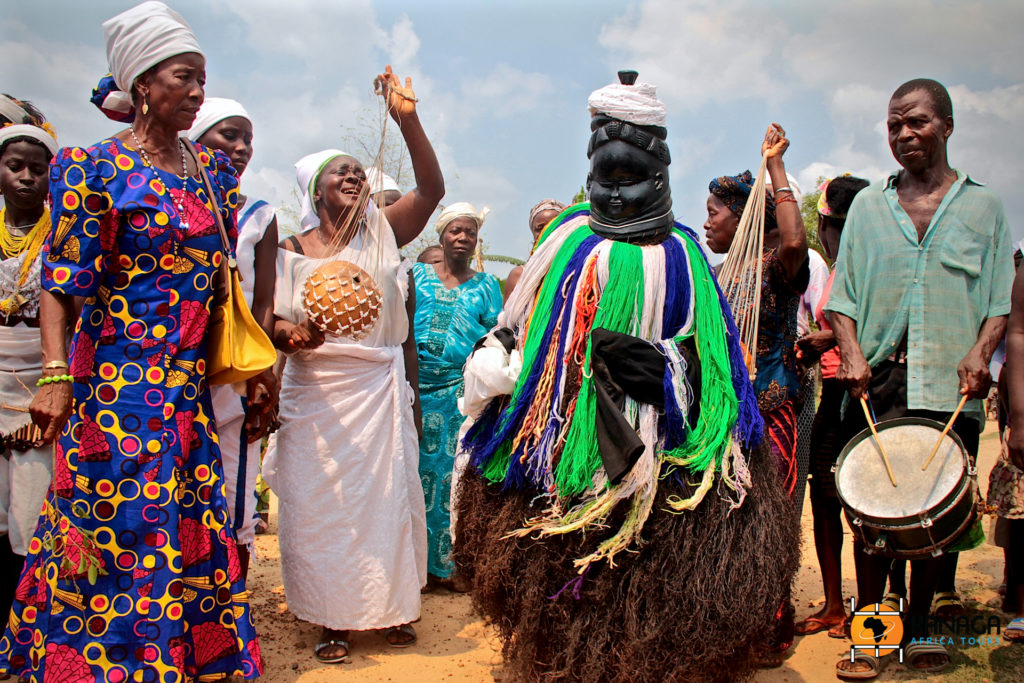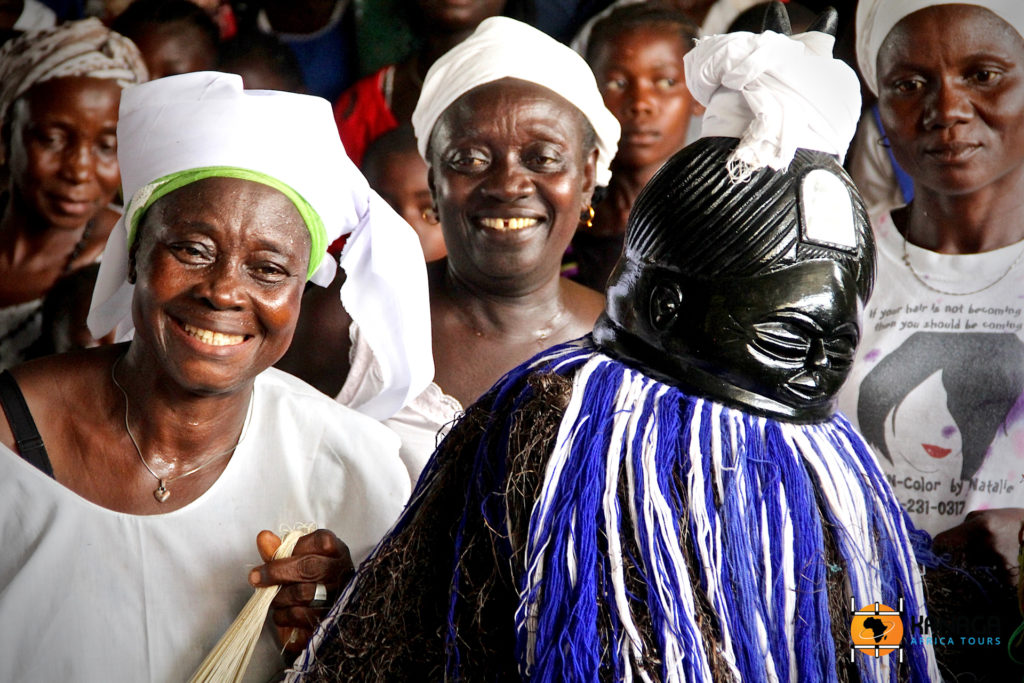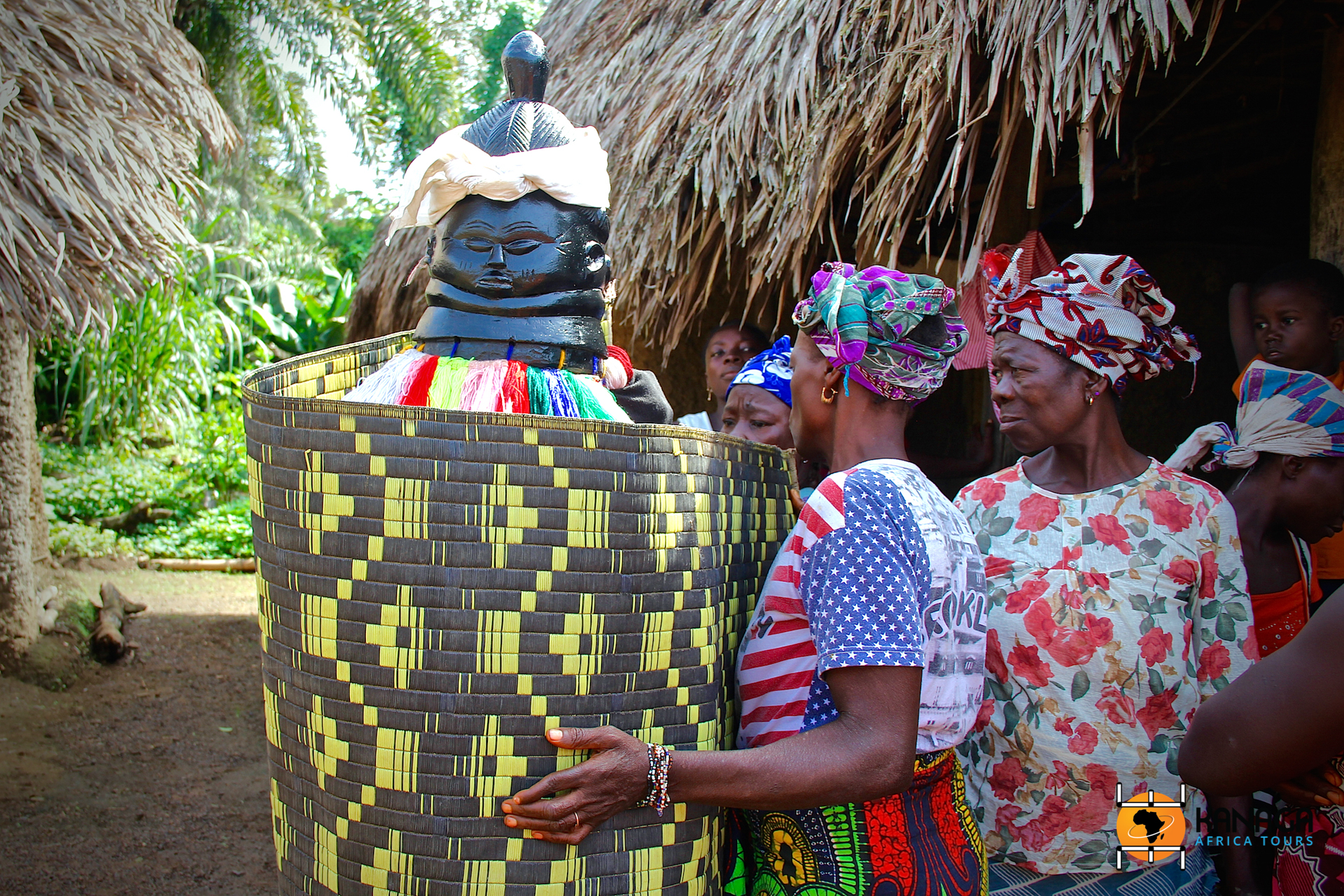© I. Fornasiero
Sierra Leone is a small mosaic of peoples with some 18 different origins. It was mostly people of Mandé-Malinké origin who migrated between the 12th and 15th centuries from the savannahs of north-west Africa, driven by the expansionist pressure of the Mali Empire and subject to Islamisation in past centuries.
As they settled in the savannahs and fertile central lands of what is now Sierra Leone, they encountered indigenous populations of fishermen and hunters, such as the Bullom or Kurango, who had already been settled since the dawn of time on the coasts or highlands, to which they were joined by the Krio people, descendants of slaves deported to the Americas, who, with the end of slavery in the 19th century, were granted by the British Crown the right to return to the continent and found new societies of free citizens.
Today, the Temne and Mende represent the majority groups of predominantly Muslim Mandé-Malinké origin, who inhabit the rural regions.
While the capital or other major cities are beginning to offer a contemporary face, of Krio Creole cultures, or of new predominantly Muslim urban classes, ancestral traditions still survive very much felt among these inland communities, either in syncretism with monotheistic religions, or as an alternative to them.
At the edge of the forests and in the savannahs, the secrets of the ‘sacred wood’ are handed down from generation to generation, a spiritual universe entrusted to masks, to traditional healings based on the therapeutic properties of plants, to the rituals of ancient ceremonies and sacred initiations.
The Poro, a very demanding practice that lasts for years, the centrepiece of the secret society of male initiations into adult life, contrasts with the Sande society of the Bondo masks, one of the most complex female initiation processes in all of Africa.
In the rural areas of the Mende culture in Sierra Leone, we witness the only example on the entire African continent where the female universe has access to its masks and the secrets attached to them, a universe otherwise recognised everywhere only by the male world.
The Bondo masks used during the ceremonies are extremely characteristic, a sort of wooden helmet in dark colours, entirely covering the head and neck and decorated by the refined reproduction of the face and the elaborate female hairstyle in braids. At the neck it has a theory of concentric folds, a symbol of abundance, or probably a reminder of the waves of the sacred river, from whose waters the mask materialises, emerging from the surface and embodying the spirit of the river. It is in fact on its banks that the young girls and their older governesses go for purification rites before each initiation ceremony that will take them from puberty to the symbolic entrance into adulthood.
Being able to attend a performance of dances and songs accompanying the exit of the Bondo masks, in a small Mende village, lost between the Kenema and Bo regions, is a unique experience of celebration and sharing, a full immersion in the oldest and most heartfelt local cultures of Sierra Leone, still practised today among the rural communities, It is part of the identity of a people that has survived in spite of centuries of monotheistic conversions, the importation of westernised Creole cultures, colonialism and civil wars, a past that Sierra Leone has finally left behind, and is now looking to the future for a balance between progress, identity and tradition.







